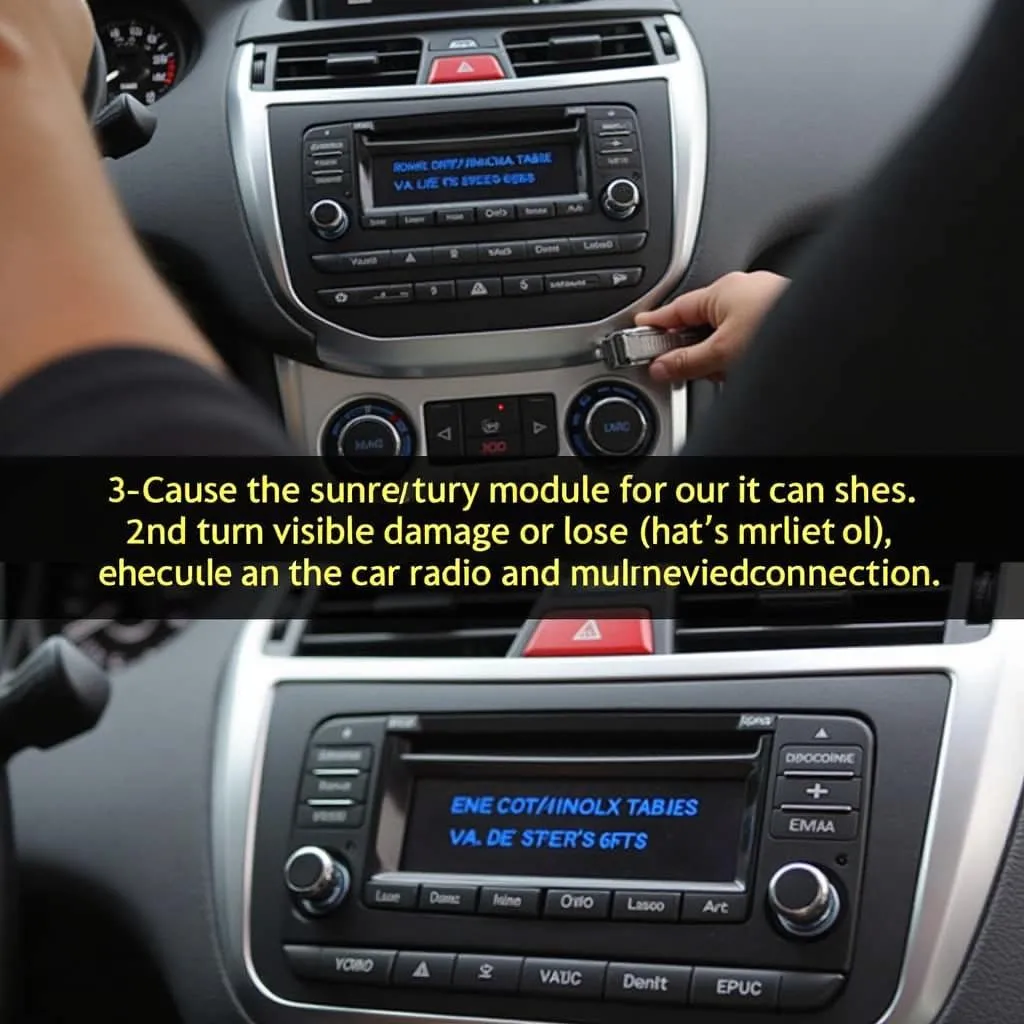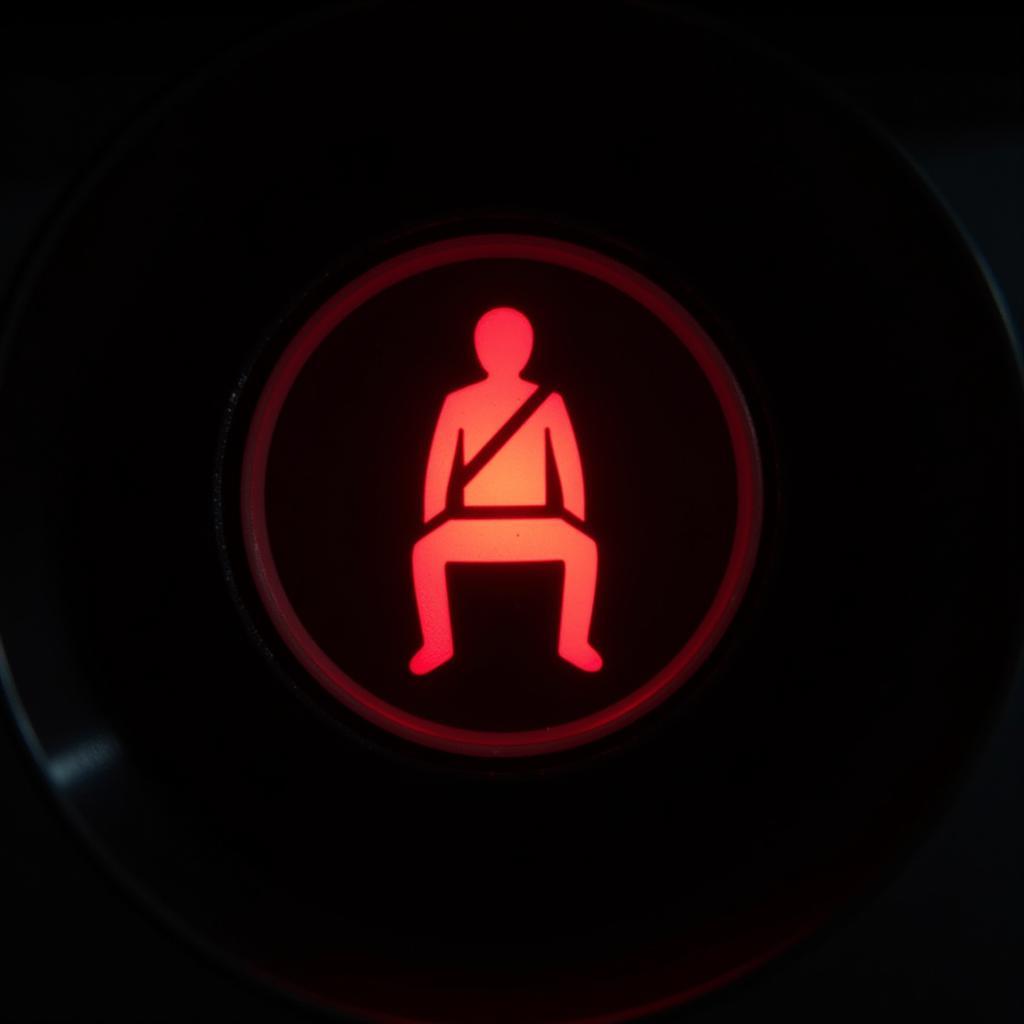The brake warning lamp on your dashboard is a crucial safety feature. When illuminated, it signals a potential problem within the brake warning lamp circuit itself or, more critically, with your vehicle’s braking system. This comprehensive guide delves into the complexities of the brake warning lamp circuit, empowering you with the knowledge to diagnose and address issues effectively.
Understanding the Brake Warning Lamp Circuit: A Vital Safety Net
The brake warning lamp circuit is designed with simplicity and redundancy in mind to ensure maximum reliability. Its primary function is twofold:
-
Alerting to Brake Fluid Levels: It monitors the brake fluid level in the master cylinder reservoir. A drop below a safe level typically triggers the warning lamp.
-
Signaling System Malfunctions: The circuit is intertwined with various components of your braking system. If a fault is detected, such as a malfunctioning pressure differential switch or a problem with the parking brake, the warning lamp illuminates.
Common Causes of Brake Warning Lamp Activation
While a glowing brake warning lamp can be alarming, it’s essential to remain calm and approach the issue systematically. Let’s explore some prevalent causes:
-
Low Brake Fluid: This is the most frequent culprit. Brake fluid naturally depletes over time, and a leak in the system can exacerbate this.
-
Worn Brake Pads: As brake pads wear down, the brake calipers need to extend further to engage the rotors. This draws more brake fluid from the master cylinder, potentially triggering the warning lamp.
-
Faulty Brake Light Switch: The brake light switch, often mounted near the brake pedal, is responsible for activating your brake lights when you depress the pedal. A malfunctioning switch can disrupt the brake warning lamp circuit.
-
Malfunctioning Pressure Differential Switch: This switch detects pressure imbalances between the hydraulic circuits in your braking system. If a leak or issue occurs in one circuit, the switch activates the warning lamp.
Diagnosing the Issue: A Step-by-Step Guide
Before reaching for your toolbox, it’s crucial to approach the diagnosis methodically:
-
Check Brake Fluid Level: This is your first and easiest step. Locate the brake fluid reservoir under the hood (refer to your owner’s manual) and visually inspect the fluid level. If it’s below the “minimum” mark, add the recommended brake fluid type.
-
Inspect for Leaks: Carefully examine the area around the master cylinder, brake lines, and calipers for any signs of fluid leakage. A leak requires immediate attention from a qualified mechanic.
-
Inspect Brake Pads: Worn brake pads are a common cause. If you’re comfortable with basic car maintenance, you can remove a wheel to check the pad thickness. Otherwise, consult a mechanic.
-
Test the Brake Light Switch: With the ignition on, depress the brake pedal. If your brake lights don’t illuminate, the switch might be faulty. Replacing this switch is typically a straightforward task.
-
Seek Professional Help: If the above steps don’t reveal the culprit, it’s time to consult a qualified mechanic. Issues with the pressure differential switch or other components require specialized knowledge and tools.
The Importance of Prompt Action
Ignoring a glowing brake warning lamp is incredibly risky. It signifies a potential compromise in your vehicle’s ability to stop safely.
“Delaying repairs related to brakes is like playing Russian roulette with your safety and the safety of others on the road,” warns John Smith, a seasoned automotive engineer with over 20 years of experience. “Address any brake warning light issues immediately to avoid potentially catastrophic consequences.”
Remote Diagnostics and Software Solutions: The Future of Car Repair
In our increasingly connected world, remote diagnostics and software solutions are revolutionizing the automotive repair industry.
Imagine this: You’re driving and your brake warning lamp illuminates. Instead of the traditional route of visiting a mechanic, you connect your car to a diagnostic tool that interfaces with your smartphone. This tool transmits real-time data about your car’s health to a remote technician.
This data allows the technician to:
- Pinpoint the exact cause of the brake warning lamp activation.
- Determine the severity of the issue.
- Offer potential solutions, ranging from simple DIY fixes to recommendations for professional service.
In some cases, the technician can even upload software updates or patches remotely to address software-related glitches affecting your brake warning lamp circuit.
Remote Solutions for Common Brake Warning Lamp Issues
Let’s delve into some specific examples of how remote diagnostics and software solutions can be applied to brake warning lamp issues:
Scenario: Your brake warning lamp is on, and remote diagnostics indicate low brake fluid.
Solution: The remote technician guides you through the process of checking your brake fluid level and adding more if needed. They might even recommend a trusted brand of brake fluid available for purchase online and delivered to your doorstep.
Scenario: The diagnostics identify a software glitch causing the brake warning lamp to malfunction.
Solution: The technician remotely uploads a software patch to your vehicle’s system, resolving the issue without requiring a physical visit to the repair shop.
Scenario: A faulty brake light switch is detected.
Solution: The technician provides you with a list of reputable online retailers selling the correct brake light switch for your car model. They then guide you through the replacement process via video call, empowering you to perform the repair yourself.
Embracing the Future of Brake Repair
While remote diagnostics and software solutions are still evolving, they hold immense potential to transform how we address brake warning lamp issues and car problems in general.
92 tracker brake warning lamp circuit and other vehicle-specific issues can be diagnosed and addressed with increasing accuracy and efficiency, leading to faster repairs, reduced downtime, and potentially lower costs for car owners.
Frequently Asked Questions (FAQs)
Q1: Can I continue driving with the brake warning lamp on?
A: No, it’s unsafe to ignore a glowing brake warning lamp. It indicates a potential problem with your braking system, putting your safety at risk.
Q2: Is it expensive to fix a brake warning lamp circuit issue?
A: The cost depends on the underlying cause. Low brake fluid is inexpensive to fix, while a faulty pressure differential switch can be more costly.
Q3: How often should I check my brake fluid level?
A: It’s best to check your brake fluid level at least once a month and top it off if needed.
Q4: Can a faulty brake light switch cause the brake warning lamp to come on?
A: Yes, a malfunctioning brake light switch can disrupt the brake warning lamp circuit, causing it to illuminate.
Q5: Do I need specialized tools to diagnose brake warning lamp circuit problems?
A: While some issues can be diagnosed visually, others might require specialized tools best handled by a qualified mechanic.
Q6: Can extreme temperatures affect the brake warning lamp circuit?
A: Yes, extreme temperatures can impact brake fluid viscosity and potentially trigger the warning lamp.
Q7: How can I prevent future brake warning lamp issues?
A: Regular car maintenance, including brake fluid flushes, brake pad replacements, and inspections of brake lines, can help prevent future issues.
Conclusion
The brake warning lamp circuit is your car’s way of communicating a potential issue with its ability to stop safely. Understanding this crucial system, recognizing the common causes of warning lamp activation, and taking prompt action are essential for safe and responsible driving. As technology advances, remote diagnostics and software solutions will play an increasingly significant role in diagnosing and resolving 1999 blazer brake light warning and other brake-related issues, making the repair process smoother and more efficient for car owners.


